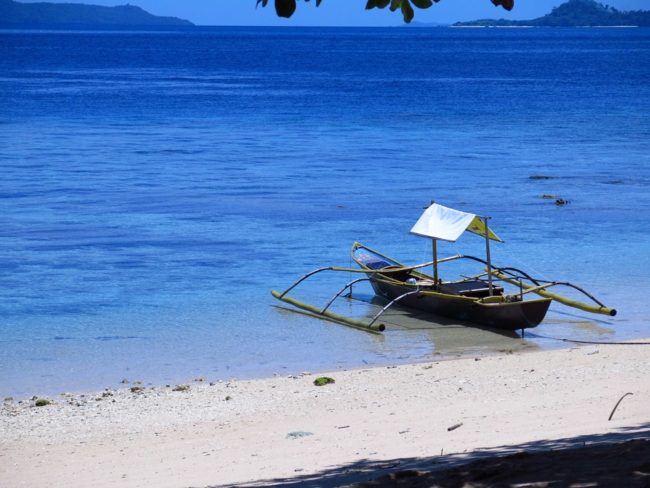New IUCN Task Force on Fisheries and Conserved Areas with ZMT participation
Marine protected areas (MPAs) are vital area-based conservation measures for marine biodiversity. While some MPAs are fully protected, others allow certain sustainable uses, such as fishing, provided these have low ecological impact, are well-managed, and benefit local communities.
The IUCN’s World Commission on Protected Areas (WCPA) is a global network of over 2,500 members across 140 countries, working to strengthen capacity, policy, and investment in protected area systems. Despite the availability of IUCN guidelines on sustainable uses in MPAs, their application has been inconsistent, particularly in relation to industrial fishing and vertical zoning practices.
With increasing global attention to effective management and equitable governance, especially under Target 3 of the Kunming-Montreal Global Biodiversity Framework, there is an urgent need for clearer guidance on when and how various fisheries, including industrial fishing, can operate within MPAs and other effective area-based conservation measures (OECMs).
To address this, IUCN has launched a new joint initiative: the IUCN WCPA and MPA Guide Fisheries and Conserved Areas Task Force. The Task Force will focus on clarifying the compatibility of different types and intensities of fishing with conservation outcomes, with special attention to industrial fishing (as defined under IUCN Resolution 55), vertical zoning, and risk-based assessments.

Dr. Estradivari from ZMT has been appointed as one of the four co-chairs. With extensive experience in marine conservation, coral reef ecology, marine management, and policy engagement across the Coral Triangle and beyond, she has also led efforts to optimize multi-use MPA management to conserve biodiversity and support human well-being, as well as to promote OECM recognition in Indonesia through inclusive, science-based processes.
“There is ongoing debate, both conceptually and in practice, about what actually constitutes industrial fishing,” says Dr. Estradivari. “Definitions vary across countries, and existing criteria like vessel size and gear type do not always reflect the real ecological impact of a fishery. Without shared understanding and practical guidance, these inconsistencies risk undermining conservation objectives.”
She added, “In Indonesia, for example, only vessels under 10 gross tons are allowed to operate within MPAs. While this rule is intended to distinguish small-scale, artisanal fisheries from larger industrial operations, the reality is more complex. Over 95 percent of Indonesia’s fishers are small-scale, often fishing daily, and in some cases using destructive practices. Using vessel size as a proxy to determine which fisheries can operate within MPAs does not always work and can, in fact, increase pressure on marine ecosystems inside protected areas.”
The Task Force aims to develop actionable, science-based guidance to clarify how industrial fishing is defined and applied, assess the ecological effectiveness and risks of vertical zoning, and build a risk-based tool to evaluate fishing impacts across different fisheries.
The Task Force was officially launched at an OCTO Group webinar on 24 April 2025, with strong interest and support from the marine conservation community. The first technical workshop, focusing specifically on industrial fishing, has already been held, marking an important step toward delivering guidance aligned with global conservation and equity goals.
If you are interested in joining the Task Force or learning more, please contact:
Dr Estradivari
Email:
Further information is available here: https://iucn.org/our-union/commissions/group/iucn-wcpa-and-mpa-guide-fisheries-and-conserved-areas-task-force





